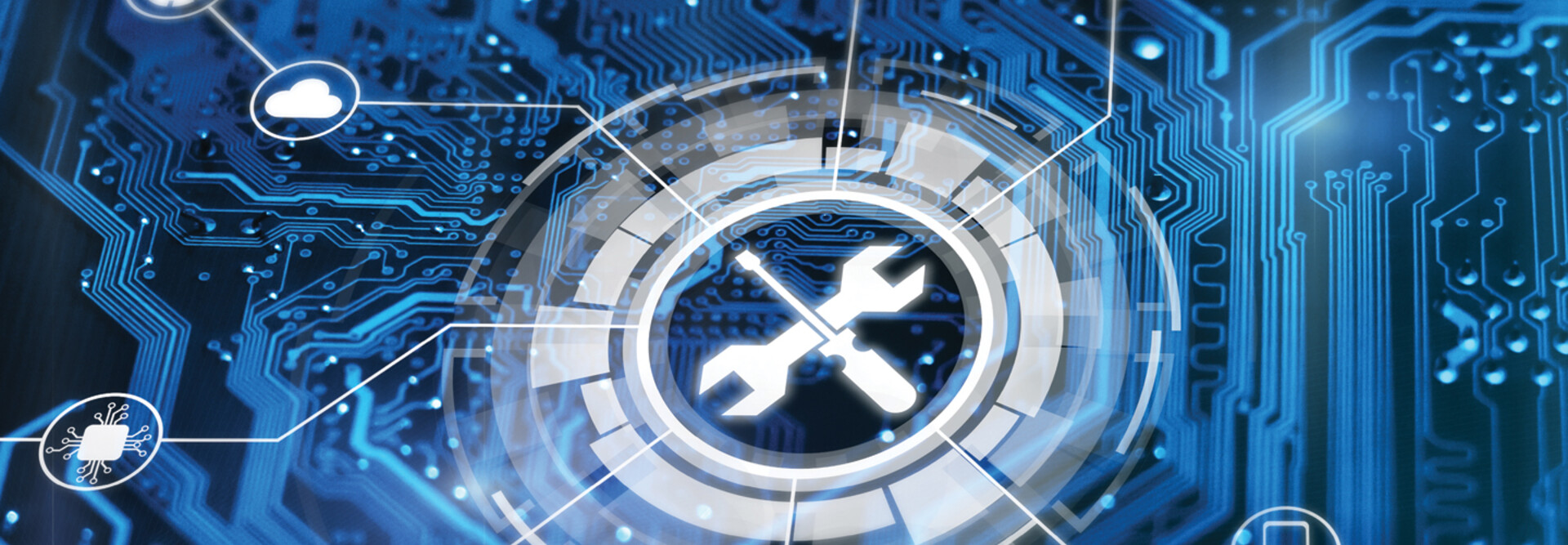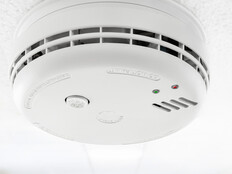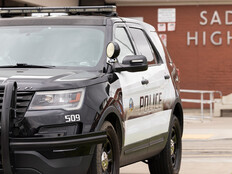Access Control
Matt Kjin, segment development manager at Axis Communications, suggests creating a hierarchy of access based on the needs of employees. Credentials might consist of a PIN or use a smart device such as a phone, an access method that is gaining popularity, he says.
“With one touch of a button, admins can trigger a lockdown procedure,” Stauch says. “Access to restricted areas can also easily be added and removed to scale efficiently.”
Meanwhile, software allows school systems to control access to data from surveillance cameras, which enables school districts to manage clearances and minimize risks from unauthorized access, he says.
Access to security cameras is crucial for school safety. Earlier this month, suspicious activity that potentially compromised the district’s security camera systems led to a phone and internet outage at Aurora Public Schools in Colorado. Ensuring that the right school leaders and response teams, and no potential threat actors, have access to surveillance of a school helps keep everyone on campus safe.
RFID Tags
Radio-frequency ID tags help schools keep track of equipment and protect a district’s bottom line.
“Investments should be protected from theft or misuse,” Avakian says. “By tagging items, IT staff can quickly know where everything is, which helps reduce losses and can also improve response time during emergencies.”
READ MORE: Why do physical security and cybersecurity work so well together?
Best Practices for Implementing Physical Security Tech in Education
When purchasing physical security equipment, ensure that software and hardware are compatible and integrated as part of a central security management system, Avakian suggests.
IT departments should work with maintenance and facilities teams to organize physical security systems in “concentric circles,” Kjin advises. That allows items such as surveillance cameras, motion sensors, electronic door locks and glass-break sensors to communicate with each other using physical relays, logic strings or artificial intelligence, he explains.
If cloud computing links IT systems together as part of a holistic security strategy, controlled access to server rooms will also be critical, Avakian says.
“By tightly managing who can access the physical parts of the network, organizations can reduce the risk of cyberattacks or data breaches that often start with physical access,” he says.
LEARN MORE: Missouri equips mobile incident command centers for school safety.
Boosting physical security includes maintaining a working relationship with local law enforcement and emergency services. That will make emergency procedures smoother should an incident occur. Exercises and drills conducted with law enforcement and emergency services can test incident response and emergency preparedness, Avakian suggests.
“Any lessons learned will help improve the incident response process, bolster the relationships with incident responders, and ensure that incidents are responded to effectively and everyone’s working together,” he says.












